_237252.webp)
Tim Fu is a computational designer and the founder of Studio Tim Fu, an architecture and design firm that focuses on fusing architectural artistry and design processes with artificial intelligence. He became well-known for his work on experimental design techniques at the Zaha Hadid Architects Computation and Design (ZHA CODE). ZHA CODE was founded with the goal of investigating and applying computational methods to the design and construction in architecture. During his time at Zaha Hadid Architects, he worked with advanced manufacturing, digital fabrication, and algorithmic design to connect theoretical design with real-world applications.
As a public speaker, educator, content producer, and pioneer in AI-driven architecture, Tim Fu is now well-known for frequently promoting AI as a creative tool in the construction industry.
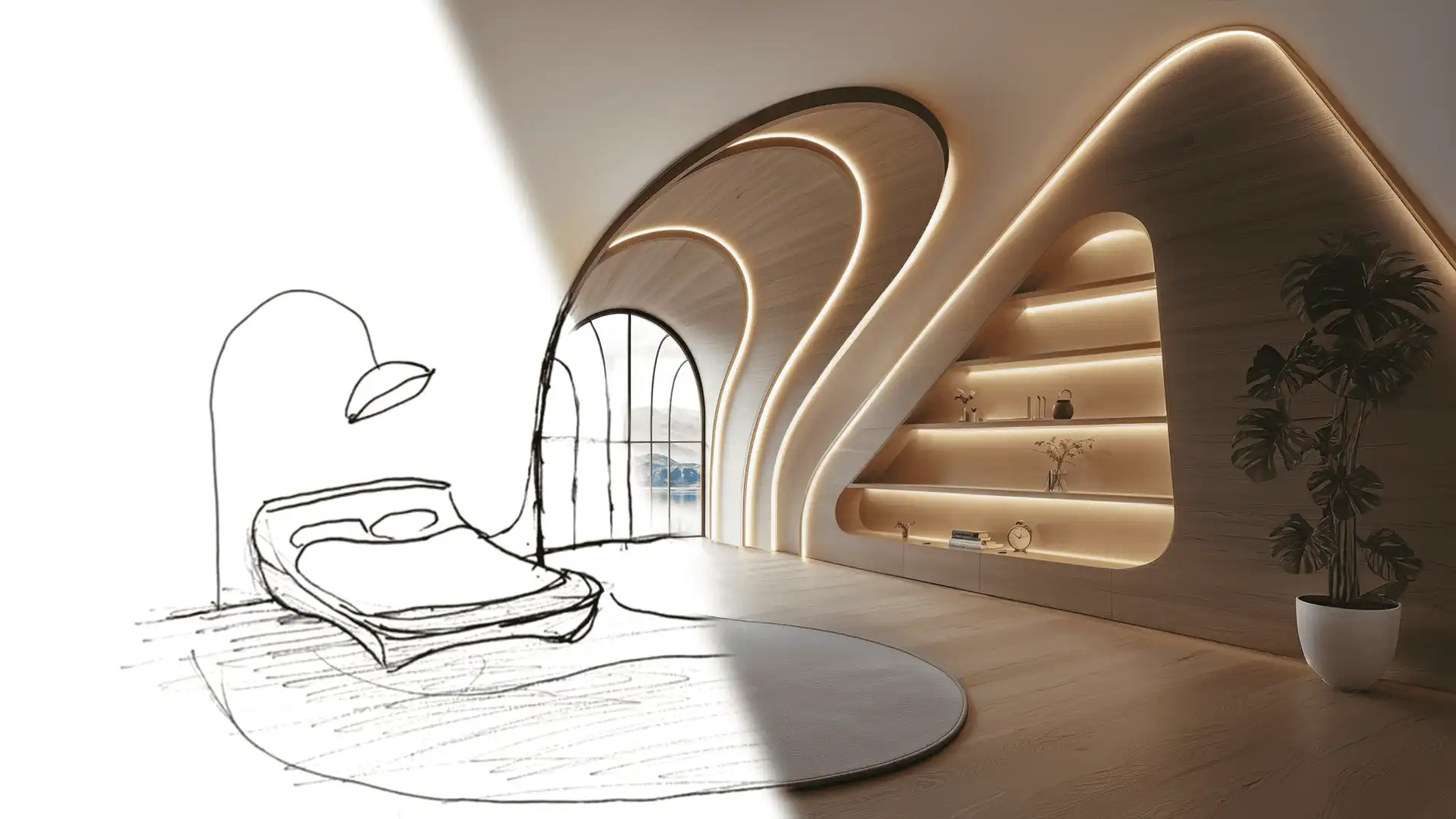
Studio Tim Fu's Lake Bled Estate is the world’s first totally AI-driven architecture project situated on the shores of Lake Bled in Slovenia. The complex spans 22,000 square meters. The development includes six new villas and the restoration of Vila Epos, a 1909 heritage building by Jože Plečnik.
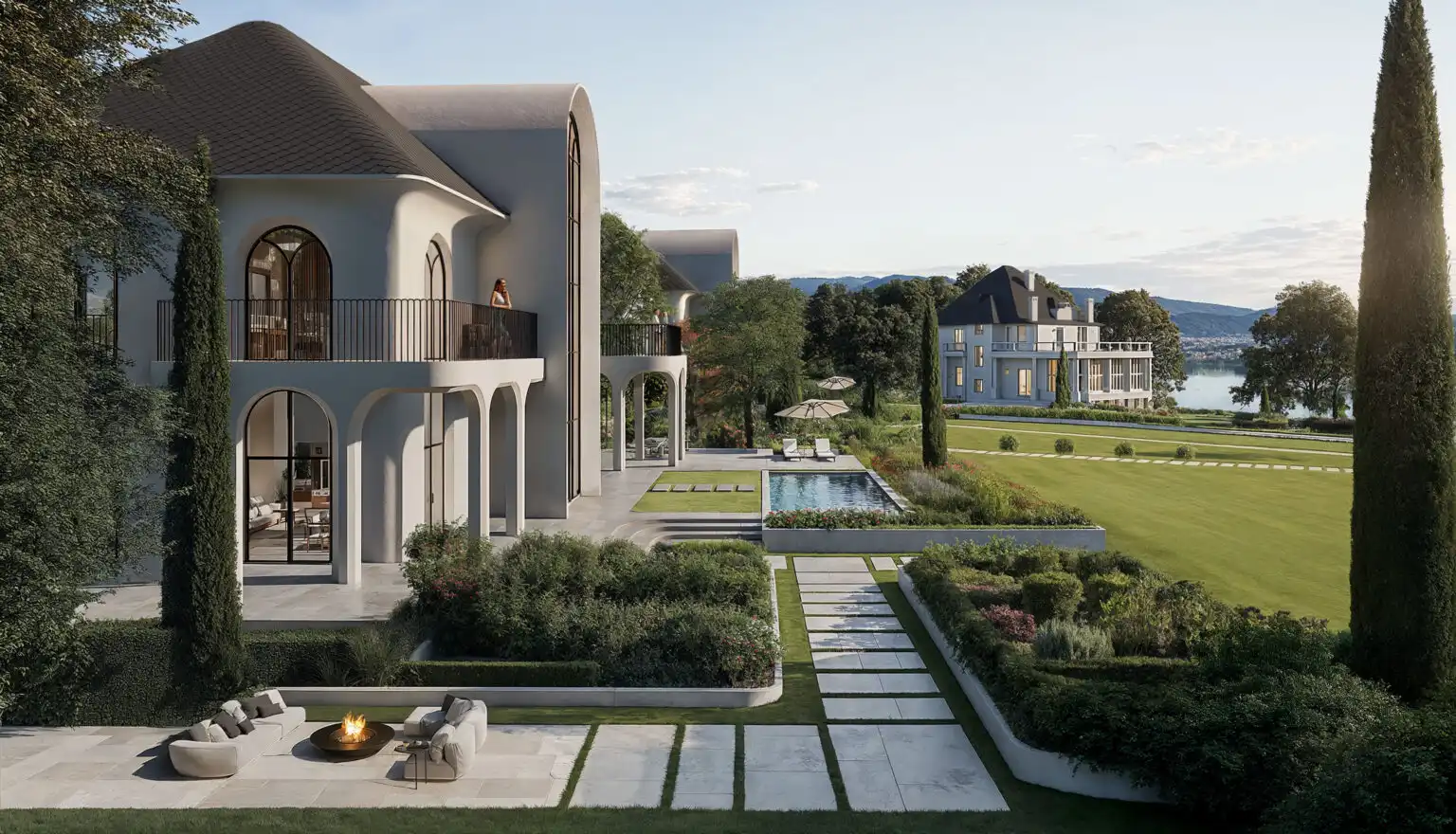
AI is used throughout the design process, from environmental optimization to typology analysis and concept development. An important element is the conversion of the traditional Slovenian timber rizalit into a full-height atrium, which lets in natural light and gives each house a focal point.
With houses positioned to optimize views of the lake and mountains while preserving privacy, the estate is set up around a shared park. For a crisp, modern appearance, the materials: white facades, dark grey roofs, and sparse black detailing reflect the local setting. The size of each villa ranges from two to four bedrooms, and AI aids in optimizing daylighting and space layouts.
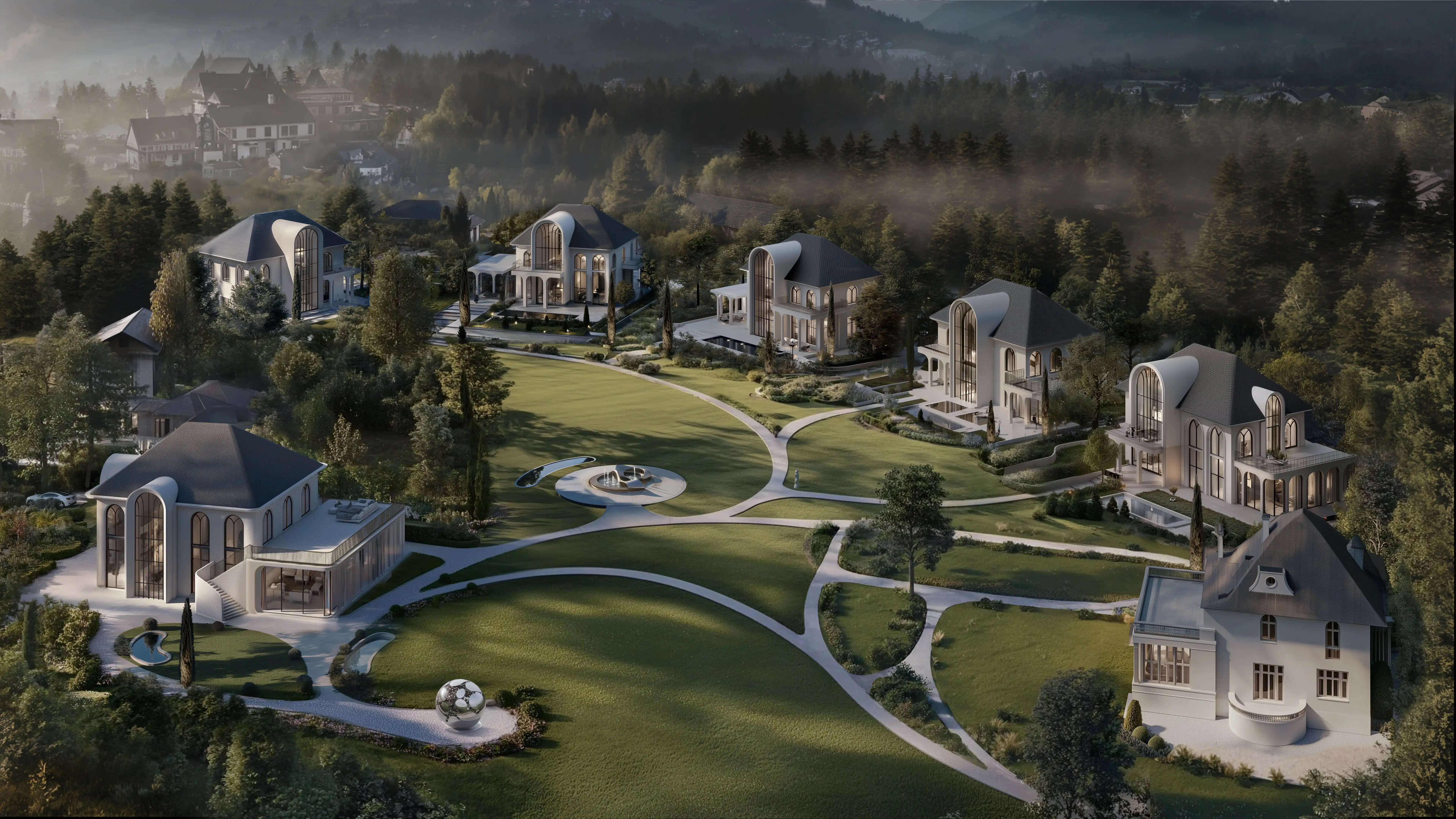
The project is anchored by the restored Vila Epos, whose scale and rhythm are echoed by the new architecture. The Lake Bled Estate demonstrates how artificial intelligence (AI) may improve form and function in real-world building by fusing cultural sensitivity with innovative design.
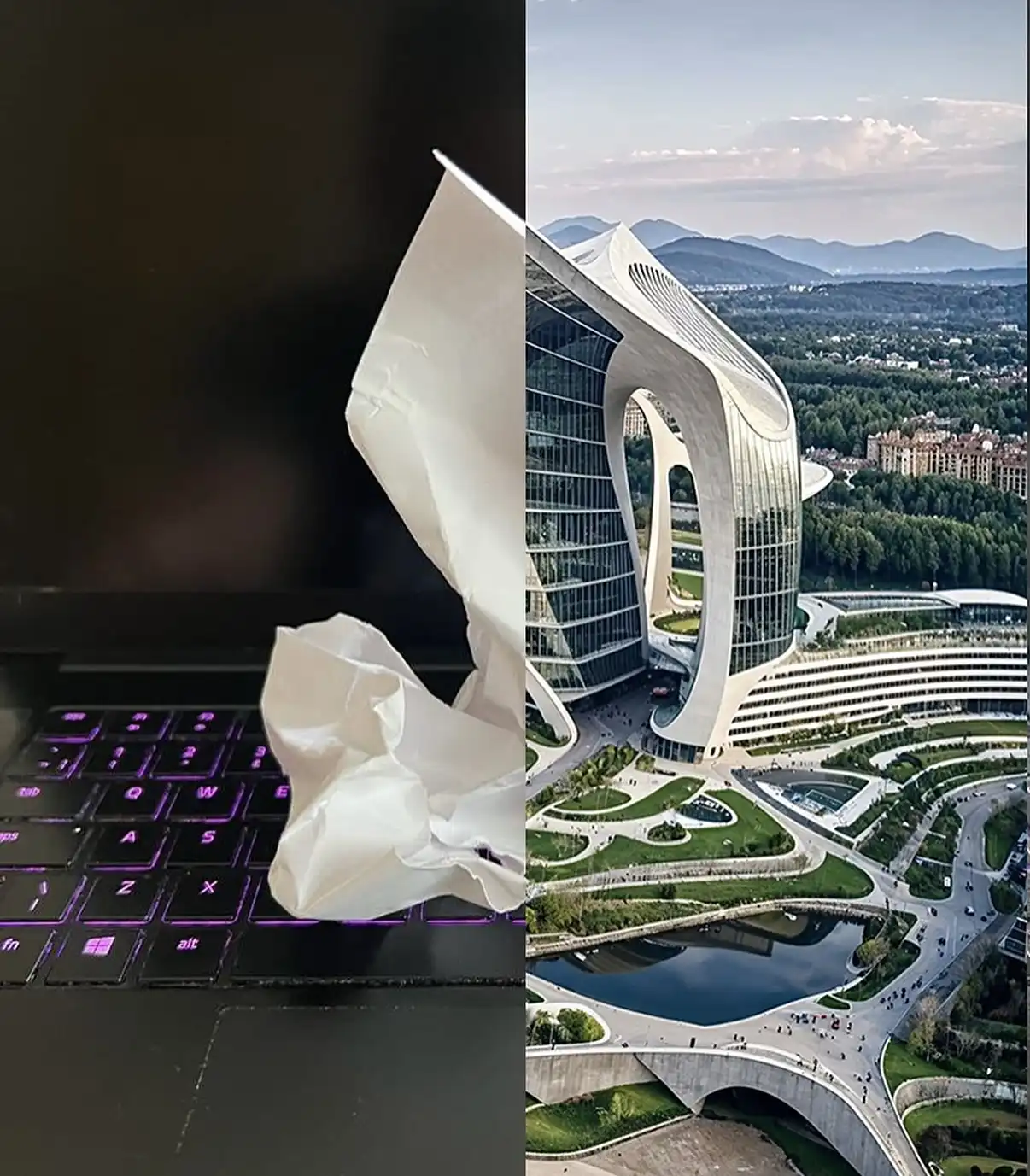
In one of his most fascinating experiments, Tim Fu shows how artificial intelligence and computational design can be used to transform a commonplace into the basis for architecture.
Using images of crumpled paper as a starting point, he created building ideas in the architectural styles of Gehry, Zaha Hadid, Calatrava, and OMA using the LookX AI platform, which was specially educated in architecture.
LookX AI created patterns that are whimsy and architecturally logical by translating the haphazard folds into flowing, sculpture-like shapes. The structured geometry produced by the AI is prepared for design development, in contrast to broader tools such as Midjourney.
This change reflects Tim Fu's philosophy, which holds that computation and artificial intelligence are about more than just creating spectacle; they are about transforming commonplace items into catalysts for design. It's a beautiful illustration of how AI can uncover potential in things that are usually disregarded and extract architecture from the accidental.
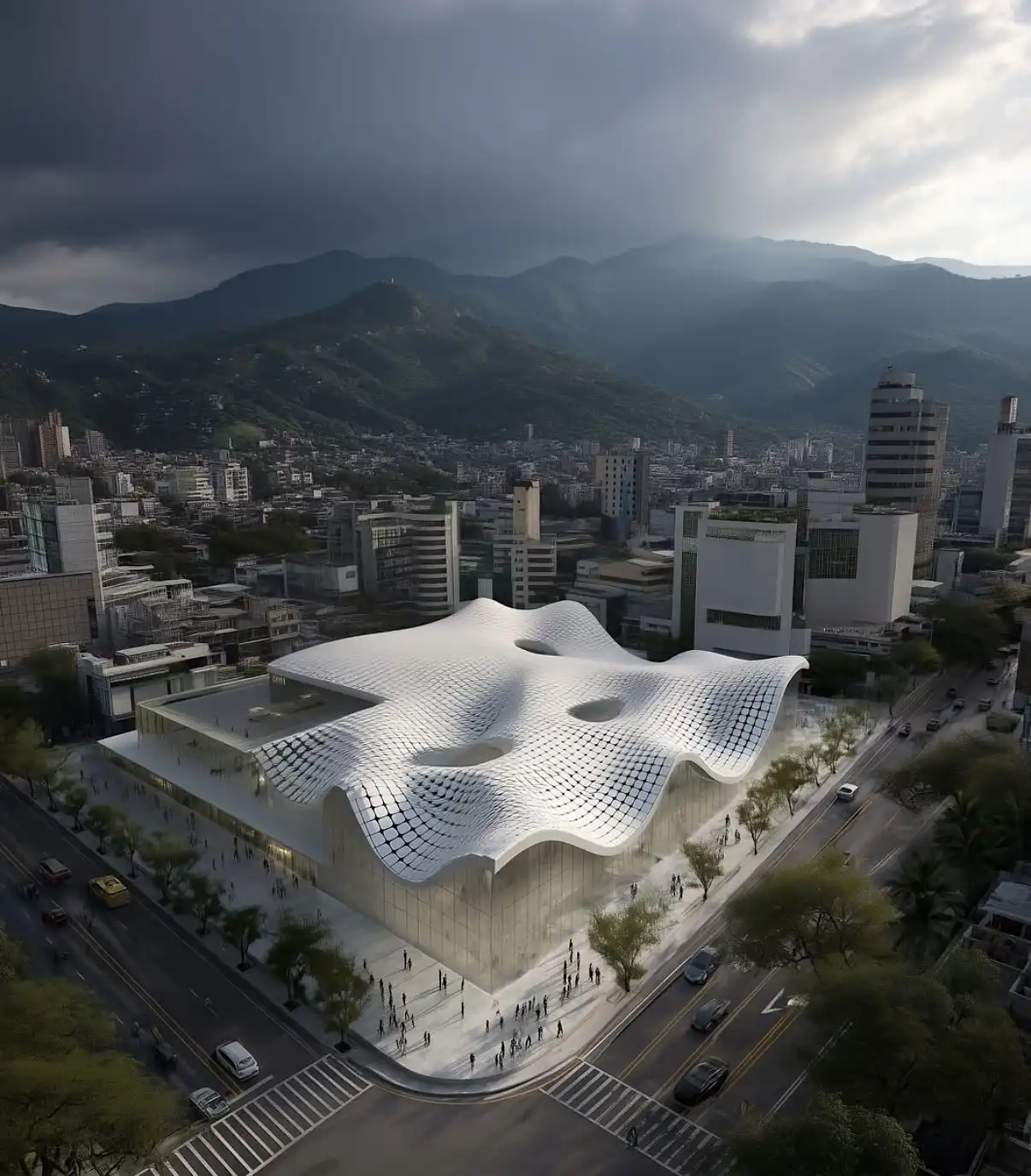
Tim Fu's philosophy seeks to discover how an architectural practice can be structured and run differently in the AI era. He views AI as an extension of human creativity, able to speed up brainstorming, create new forms, and interpret styles. He compares creating AI prompts to sketching, which is an authorial effort in which language influences design.
He welcomes unpredictability by employing inputs such as crushed paper or abstract patterns, then honing those results using computational modeling and architectural logic. His work usually combines heritage with futurism, using AI-driven methods to create historic shapes, such as ancient-era architecture, mosques or homes. AI, according to Fu, is democratizing architecture by enabling designers of all levels to more freely explore intricate concepts.
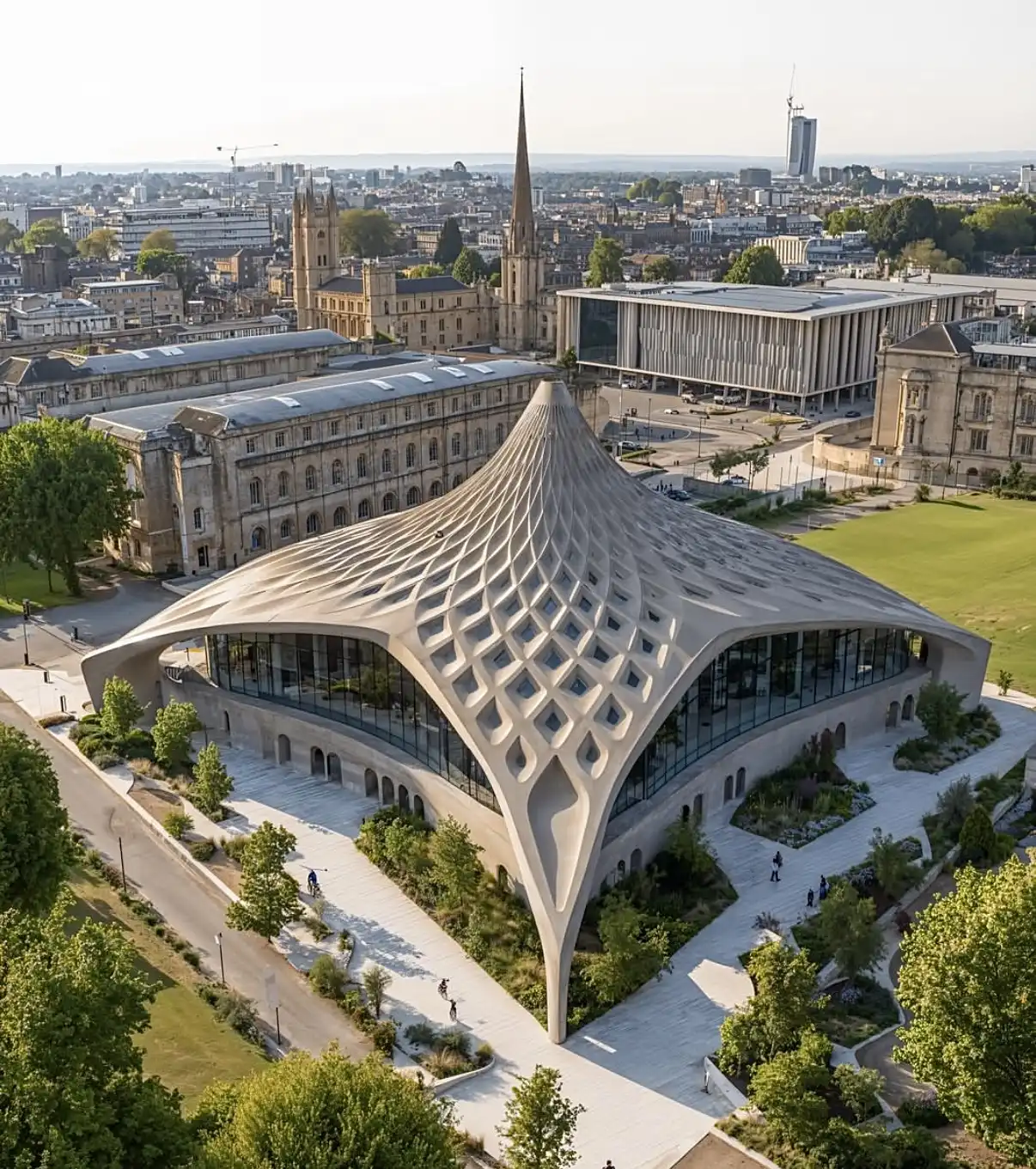
Tim Fu and Studio Tim Fu are conducting a workshop called Parametric Intelligence 2.0, which is available through PAAcademy. With an emphasis on how generative visualizations might develop into buildable designs, it investigates the integration of AI and parametric tools in architectural design.
The sessions address form rationalization with Rhino, Grasshopper, and JavaScript (JS5), prompt-based ideation with platforms like LookX and Midjourney, and rendering and animation with Krea, Magnific, Runway, and Kling. The session gives attendees a glimpse of how AI is being used in contemporary design practice by giving them an overview of Studio Tim Fu's operations.
You must be logged in to comment.